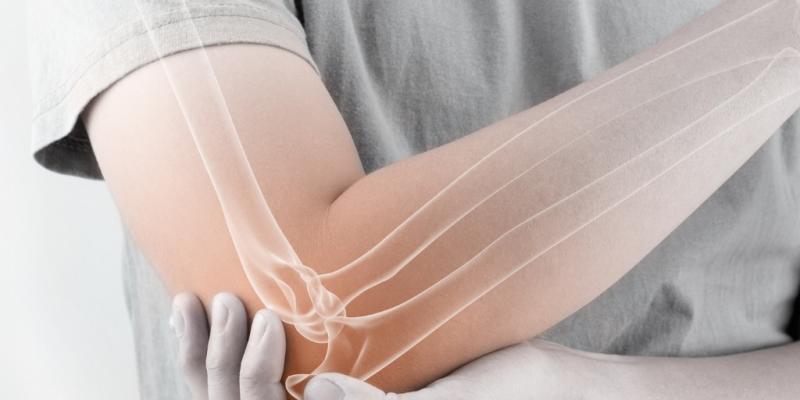November is Osteoporosis month. (It’s hard to tell because, for some reason, greeting cards manufacturers have decided to overshadow the Osteoporosis cards with Christmas cards!).
According to Osteoporosis Canada, about 1 out of 4 four women and 1 in 8 men over the age of 50 (or two million people) have this disease. More common than heart attack, stroke and breast cancer combined, osteoporosis is responsible for bone fracture among at least 33% of women and 20% of men during their lifetime. In 2010, the overall yearly cost to our healthcare system for treating osteoporosis and the fractures it causes was over $2.3 billion. This includes hospital costs, community services, prescription drugs and other indirect costs. When we factor in the number of Canadians who live in long-term care facilities because of issues related to osteoporosis, this cost jumps to $3.9 billion. (That’s a cost of $111 to every single Canadian per year). And the incidence and costs of osteoporosis are only going to rise!
Bones are constantly being broken down and rebuilt. With age, this process becomes less efficient and bone mineral density is lost, leading to weaker, more porous bones (like Swiss cheese). Osteoporosis causes bones to become very thin and weak over time and increases the risk of fracture. It is often called “the silent thief” because bone loss occurs without symptoms.
Certain risk factors increase the chance of osteoporosis: being female, increased age, white or Asian descent, family history of osteoporosis, smaller/light frame size. In addition, low dietary calcium intake, anorexia, certain medications, smoking, sedentary lifestyle and excess alcohol can increase the risk.
When bone mineral density is lower than normal, but not low enough to be classified as osteoporosis, it is called Osteopenia. Think of Osteopenia as the mid-point between strong healthy bones and osteoporosis. The good news is that, once it is detected, there is still hope. Medication, exercise and healthy eating can help to restore some of the bone and stop the path towards Osteoporosis.
Some risks of osteoporosis are unavoidable. Sadly, we cannot reverse our age or change our genes. Taking steps such as staying active, eating adequate sources of calcium and vitamin D, moderate alcohol consumption and stopping smoking may help to reduce the risk and likelihood of developing osteoporosis. Screening and early intervention is also important. Take care of yourselves and each other.








